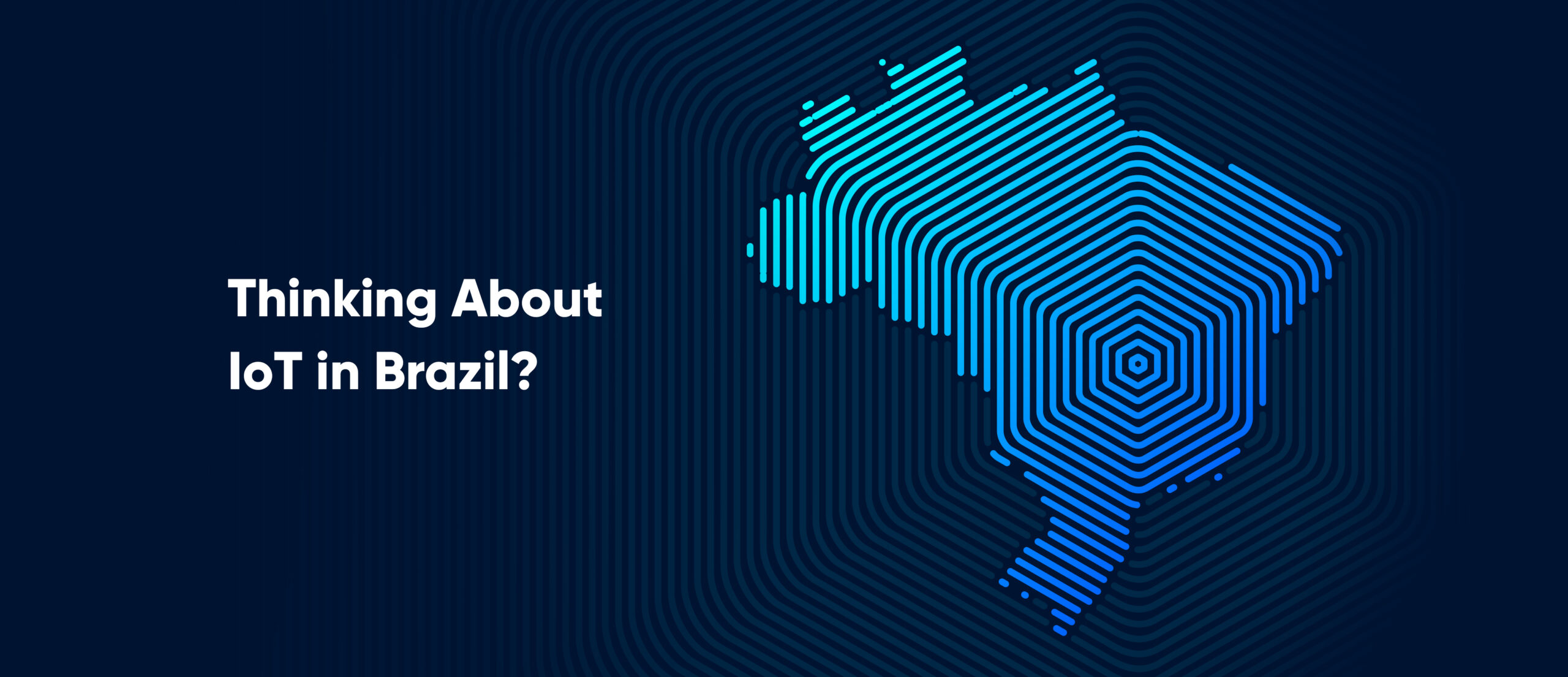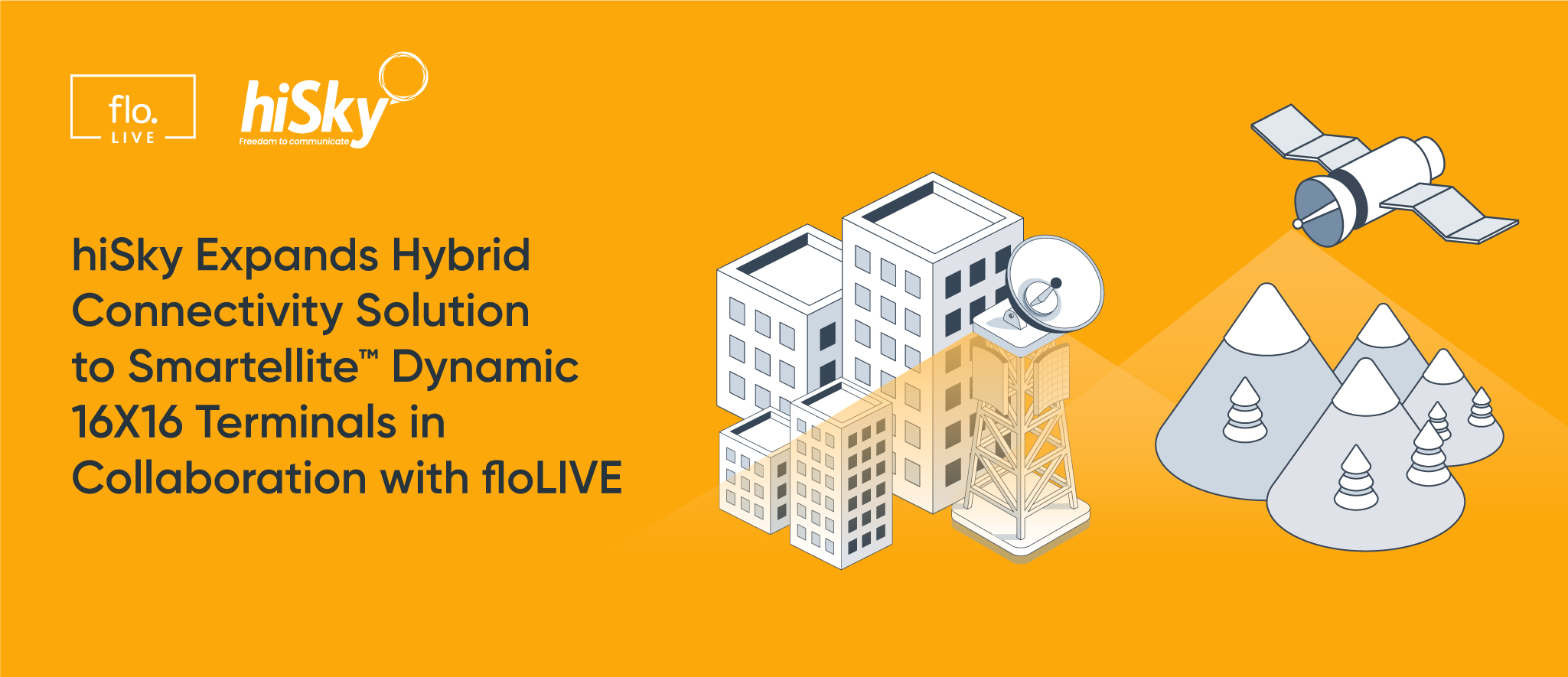Page Contents
Thinking About IoT in Brazil? Streamline Your Entry with Seamless, Compliant Connectivity

Page Contents
Our recent webinar was an exciting and informative deep dive into launching your IoT business in Brazil. We were joined by André Martins, CEO of NLT, the first cross-connectivity operator in Brazil, who sat down with our own Curtis Govan, President Americas, floLIVE, to discuss the current challenges and solutions available in the market.
You can catch up with the full webinar here, or keep reading to learn more about IoT potential in Brazil, and how you can take hold of your own slice of this pie.
The Brazilian Market Landscape for IoT
The global market for IoT is immense, and growing, with 2.7B devices currently in the world, and a prediction that this will be 5.5B by 2028. In Brazil however, there is low adoption compared to the average. Take automotive for example. Despite 115m vehicles on the road, there are only 25M vehicles connected. Other large verticals with a lot of potential include point of sale solutions, agriculture, electricity meters and healthcare solutions, all of which can be slower to adopt Iot solutions. This is a huge opportunity for today’s enterprises.
Looking at the numbers, IoT is growing on average 20%-30% each year, with the growth accelerating post-pandemic. In Brazil there are three main MNOs, Vivo, Claro and TIM, followed by Algar and other MVNOs.
The Challenges for IoT in Brazil
So, why is IoT slow to adoption in Brazil in the first place? There are three main challenges to understand.
1. Local regulations
Some IoT devices need to stay permanently in-region, which can be difficult in Brazil. There are permanent roaming restrictions which mean that a visiting device can only be there 90 days before being removed from the host network. This is sufficient for a tourist, but doesn’t work for IoT devices. Roaming is therefore not an effective option for connecting IoT in Brazil. Data privacy is becoming increasingly important, and the greatest complexities are when data leaves the host country, so local infrastructure becomes critical.
Brazil also has a complicated taxation structure. For the past two years IoT connectivity has not been taxed, but this is defined very tightly, and if there is user interaction, for example with a Point of Sale (POS) solution – the rules may not apply, as the Brazilian authorities may consider this device to be a mobile device rather than an IoT sensor. This cost can add up fast, and the success of IoT relies on an enterprise being aggressive on price to remain profitable.
2. Technology considerations
There is a strong need for the right technology in Brazil, especially considering the expansive geography, with many densely populated areas. It’s difficult to cover every region there because of what a large space we’re talking about, and you definitely need multiple carrier relationships so that you don’t end up with coverage gaps. As IoT adoption has been slow, there can be a lack of integrators to make the technology simpler to adopt, so you may end up compromising on your ideal solution, which can feel like a win by half measures.
Considering your need for mobile private networks are also important, as well as non-terrestrial networks for places without cellular coverage, which is 83% of the country. MNOs only need to cover where the people are, so they focus on cities and households, which is just 17%. As IoT use cases range from healthcare devices which have a measurable impact on human life, to critical manufacturing and energy sensors, gaps and reliability issues can’t be accepted.
3. Business challenges
It’s also important to think about wider business challenges. Culture is one part of the problem with widespread adoption, alongside pricing considerations, as price sensitivity is a large issue. Many people are still implementing 2G devices, while much of the rest of the world is moving towards 4G. To combat this, the industry is looking to sunset 2G altogether, which takes the decision out of people’s hands.
Brazil is working with a fragmented ecosystem, where some enterprises and industries want to see the value of deeper data and IoT, while others are still lagging adopters or more cautious. Multi-network possibilities that would solve a lot of Brazil’s challenges are a relatively new subject for most customers, while they still do want the best solution available.
Keys to Success when Launching IoT in Brazil
Expert partnerships can make all the difference when navigating these complexities. Knowing that your vendors have ‘been there and done that’ can provide a well-worn path to success, alongside the right technology in place and a strong existing culture. Think about how many people are still using 2G/3G for example, you want a partner that has a proven track record of successful migrations and support. The right partner will be able to serve those use cases, while still opening doors for 5G and beyond, and new coverage solutions such as NTN as well.
When it’s time for scaling your solution, forward thinking will be invaluable, so make sure that you have an open mind to think further than Brazil, and partner with a solution provider that offers global coverage. For example, NLT and floLIVE together were able to not only serve Brazil, but also expand into services globally.
Behind the scenes, you need a flexible core infrastructure. This will allow you the visibility and flexible control to access real-time data and events in the moment, so you never lose that hold on the steering wheel, and benefit from a single pane of glass wherever your devices are in the world. A flexible infrastructure provides all the necessary access points and gateways as well, and gives you direct access to Business Support Systems, all from the same technology platform.
Finally, coverage will be critical for launching in Brazil. Look for a partner with coverage expertise, not only in Brazil – but around the world. This is because compliance regulations and data privacy can be a moving target, so wide expertise is always going to be of huge value. As well as global understanding, local optimization and experience will stand you in good stead, as the landscape is changing all of the time with MNOs, MVNOs, government entities, and Mobile Private Networks, too.
To get a deeper understanding of how floLIVE can support a global IoT strategy without gaps, schedule a call with one of our IoT experts, or watch the full webinar with NLT. If you’d like to learn more about how NLT has leveraged floLIVE for compliant local connectivity in Brazil, you can read their case study here.

Join Our Newsletter
Get the latest tips and insights in our monthly newsletter.








